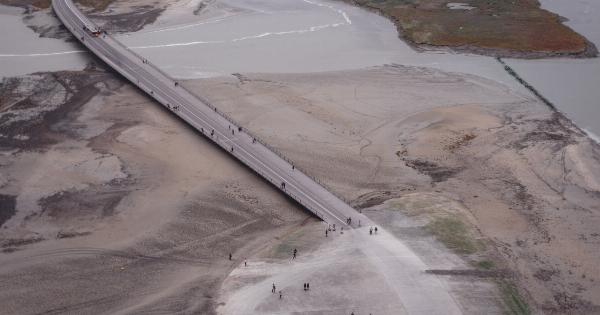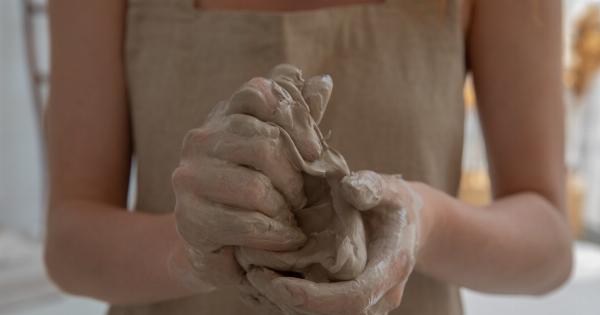Water birth is an increasingly popular method of childbirth that combines the soothing properties of warm water with the natural process of labor.
It offers numerous benefits to both the mother and the baby, providing a gentle and relaxing environment for one of life’s most incredible experiences. In this article, I’ll share my personal experience with water birth and shed light on why it is gaining recognition as a beautiful alternative to traditional childbirth methods.
Preparing for a Water Birth
Before embarking on my water birth journey, I knew I needed to gather some essential items and make the necessary preparations. The first step was to find a qualified and experienced midwife or doctor who supported water birth.
After thorough research and recommendations from friends, I found a midwife who specialized in water births and felt confident in her expertise.
Next, I needed to create a comfortable space where I could labor and give birth in water. This meant setting up a birthing pool, which I rented from a reputable source.
The pool needed to be deep enough to allow for buoyancy but fitted with handles and ropes for support during labor. I also purchased a waterproof thermometer to monitor the water temperature, ensuring it remained between 95-100°F (35-37°C), ideal for relaxation and pain relief.
Benefits of Water Birth
Water birth offers a range of benefits for both the mother and the baby. Firstly, the warm water promotes relaxation and reduces stress and anxiety, leading to a more positive birthing experience.
The buoyancy provided by the water relieves the weight and pressure on the mother’s joints and muscles, allowing for greater mobility during labor. This freedom of movement enables the mother to find comfortable positions easily and work with the natural force of gravity to ease the birthing process.
The water also provides excellent pain relief, with many women reporting a significant reduction in the intensity of contractions.
The warm temperature and hydrostatic pressure of the water stimulate the release of endorphins, the body’s natural painkillers, providing a soothing and calming effect. Additionally, the water promotes increased blood circulation, helping to oxygenate the uterine muscles and decrease discomfort.
As for the baby, water birth allows for a gentle transition from the womb to the outside world. The warm water mimics the amniotic fluid, providing a familiar and comforting environment.
This smooth transition can reduce stress and offer the baby a serene and calm welcome into the world.
My Experiences during Water Birth
My water birth experience was nothing short of extraordinary. As I entered the birthing pool, the warm water enveloped me, instantly easing my discomfort and inducing a profound sense of tranquility.
The buoyancy allowed me to move freely, finding positions that felt instinctively right for me.
As the contractions intensified, the water acted as a natural analgesic, dulling the intensity of the pain and providing immense relief.
The deep relaxation I experienced made it easier for me to surrender to the power of the contractions and embrace the birthing process fully.
Throughout the labor, my midwife monitored me closely, providing constant support and reassurance. Her calm presence and expertise in water births gave me the confidence I needed to navigate each stage of labor with ease.
The water birthing environment fostered a sense of privacy and intimacy, allowing me to connect deeply with my body and my baby.
When it was time to push, the water provided optimal conditions for a smooth and gentle delivery. The buoyancy lessened the pressure on my perineum, reducing the risk of tearing. As my baby emerged into the water, I was overwhelmed with joy and awe.
The immediate skin-to-skin contact in the warm water helped to stabilize my baby’s body temperature and facilitated a smooth transition from the womb to the outside world.
The Aftermath: Post-Water Birth Bliss
Following the water birth, I experienced an intense wave of fulfillment and joy. The calming effects of the warm water persisted, and I felt deeply connected to my baby.
The tranquil environment created by water birth allowed us to bond and establish breastfeeding effortlessly.
Physically, I experienced a quicker recovery compared to my previous birth, which significantly reduced postpartum discomfort. The relaxation and pain relief provided by water birth meant that my body was less tense and better able to heal itself.
The buoyancy of the water also alleviated pressure on my pelvic floor, reducing the risk of injury and making the recovery process smoother.
Considerations and Safety Measures
While water birth is generally considered safe for low-risk pregnancies, it is essential to take proper precautions and discuss the option with your healthcare provider.
Some factors to consider include maternal health conditions, gestational age, and the presence of medical interventions throughout pregnancy.
It is crucial to have an experienced healthcare professional present throughout the water birth to monitor the mother and baby’s well-being. Regular checks of vital signs, fetal heart rate, and progress of labor are paramount.
Additionally, the water temperature must be diligently monitored to ensure it remains within the recommended range to avoid overheating or chilling for both the mother and the baby.
In Conclusion
Water birth allowed me to experience childbirth in a way that felt gentle, empowering, and deeply nurturing. The warm water provided pain relief, relaxation, and a sense of weightlessness, enabling me to surrender to the birthing process fully.
My baby’s gentle transition into the world was facilitated by the familiar amniotic-like environment, promoting a peaceful start to our bonding journey.
While water birth might not be suitable for everyone, it offers countless benefits for those considering a natural and gentle birthing experience.
With proper preparation, guidance, and a supportive healthcare team, water birth can be an incredibly beautiful and transformative way to bring new life into the world.






























